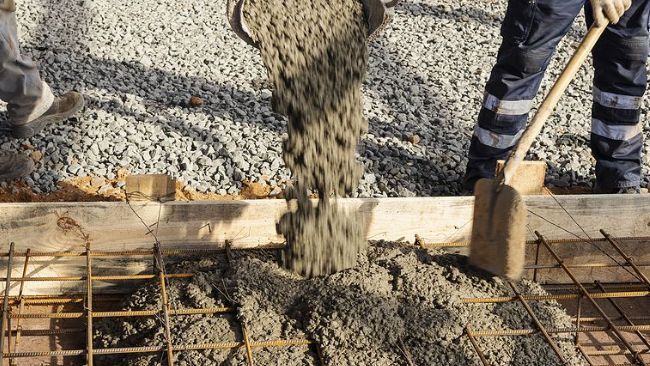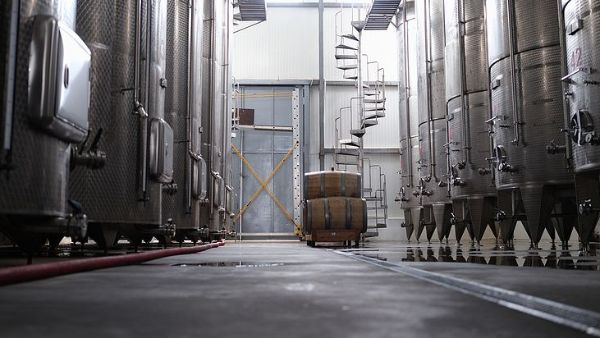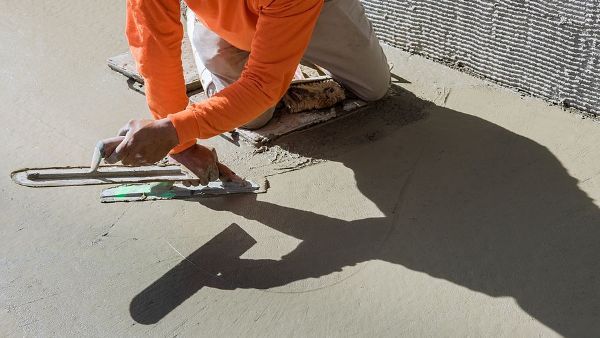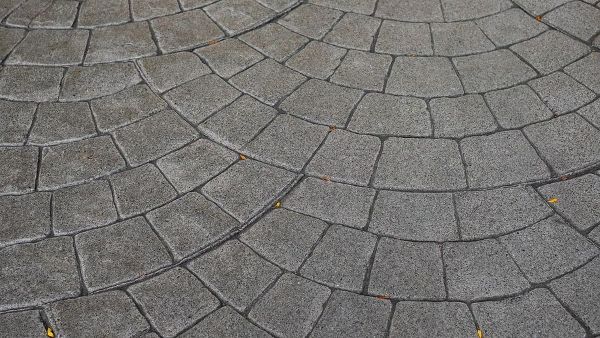How To Pour a Concrete Foundation
How a Concrete Contractor Pours Foundations
A strong foundation is critical to any building’s structure, functionality, and safety. Following sound practices while pouring a concrete foundation ensure successful outcomes. From start to finish, a proper process is essential. This guide explains the necessary steps used by a professional concrete contractor to create a solid and lasting foundation.
Creating the Forms
Assuming you’ve already properly selected, cleared, marked, and excavated the site, your first step is building your forms. These structures provide support to both the basement foundation and the rest of the building. Before you start, you should have placed and installed your footings.
Form boards, typically crafted from wood or metal, will hold and shape your poured concrete. Start by measuring, cutting, and assembling these boards. Once you have them placed and sealed, you can pour your concrete between the boards.
After pouring, place your reinforcement bars to strengthen the concrete. Steel and fiberglass rebars are popular choices. You’ll need to install your rebars before the concrete hardens. Place them in a grid pattern for optimal results. Don’t forget to screed your newly-poured material using a back-and-forth sawing motion.
Building Your Formwork
Once you’ve fashioned and reinforced your forms, you need to create your formwork to frame your basement walls. You can set plywood panels on your footings and join the opposite form halves together with snap ties to achieve this goal.
Later, you’ll need to complete framing for your basement walls. Besides an experienced concrete contractor, your project should include skilled carpenters to correctly structure, assemble, and install the walls.
Pouring the Foundation
After your forms and framework are complete, you’ll pour your foundation. Long hoses effectively direct your concrete mixture into the foundation forms. Concrete foundation mixes can range between 3,500 and 5,000 pounds per square inch, but a minimum of 4,500 psi is considered ideal.
Several grades of concrete are available to professional construction contractors. Fiber-reinforced varieties offer additional benefits: enhanced strength, lower costs, and improved sustainability. It typically incorporates steel, glass, synthetic, or natural fiber reinforcements. Careful mixing is key to avoiding issues with fiber-reinforced concrete like uneven fiber distribution, clumping, and balling.
Removing Your Forms
The next step is removing your formwork. You can do this when the surfaces are dried. While this typically occurs around 24 to 48 hours after pouring, larger structures may require their forms to stay on for up to seven days. The most common method for separating forms is using a hammer to ginger tap along the top and side of each form board. Depending on your specific project, you may need to gently separate the formwork with a pry bar or wedge. Work carefully to avoid gouging, chipping, or scaring the concrete.
Curing Your Concrete
A superior-quality foundation requires curing. After removing your formwork, you must seal and waterproof the concrete. Sealant prevents the material from absorbing water, which can impede the curing process and undermine your foundation’s structural integrity.
Proper curing takes place when atmospheric temperatures are above 50 degrees Fahrenheit. At this minimum temperature, concrete takes around a week to reach 50% of its final strength. Higher temperatures can also speed up the process, but the material must maintain uniform temperatures.
Your concrete foundation will not reach its final strength until 28 to 6 days after pouring. However, you can resume building at the 50% strength level or higher.
Choose Experienced Contractors
Unless you’re a professional concrete contractor, it’s best to hire a skilled and experienced construction company for concrete pouring or any major building project. From driveways and stairways to foundations and complex designs, RTS Construction delivers superior-quality concrete services in Sonoma, Napa, and northern California. Request an
online estimate or call us at (707) 620-0904.





